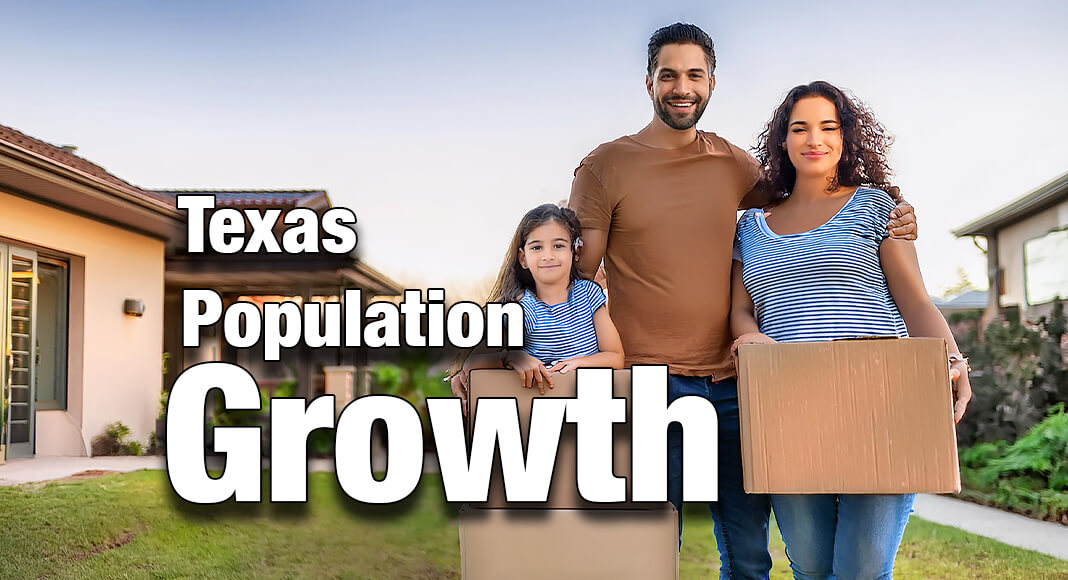
Texas Border Business
New demographic information has been released by the US Census Bureau, and it confirms what we already knew – Texas is experiencing rapid population growth, notable job gains, and higher incomes. Let’s take a brief look at a few highlights.
The state population rose by nearly 474,000 between 2022 and 2023 (about 1,300 people per day) to top 30.5 million. That 1.58% increase more than triples the US rate of gain of 0.49%. In fact, the Lone Star State comprised more than 29% of the total net national increase. The change stemmed from natural increase as well as people moving from other parts of the US and other countries (a topic for another day). In fact, since the pre-pandemic days of 2019, Texas has added 5.20% to its population, well above the national pace of 2.03%.
Texas also remains significantly more youthful, with higher concentrations of residents in the youngest age ranges than the nation. Although trending upward with the aging of the baby boom generation, the median age in the state is 35.9 years, well below the US level of 39.2 years. The larger proportion of young people will help Texas meet future workforce needs, and, assuming they are well-educated, provide a decided competitive advantage.
With regard to race/ethnicity, 47.7% of Texans identify as white, 12.3% as Black, and 5.7% Asian; about 23.3% of people in the state indicate they are two or more races. More than 12.1 million persons are of Hispanic or Latino ethnicity (39.8% of the population), which can be of any race.
The state’s labor force rose by about 363,500, with the number employed up 348,300. Since 2019, the Census data indicates an increase in employed persons of nearly 1.1 million. While numerous types of occupations saw strong growth between 2022 and 2023, others decreased (including a loss of almost 71,100 in sales and office occupations). Performance was also uneven on an industry basis.
Median household income in Texas (the level at which half earn more and half earn less) rose to almost $75,800 from $72,300. Although median income in the US remains slightly higher, the gap is narrowing. Moreover, the cost of living in Texas compares favorably to many areas. The numbers of households in all of the lowest income ranges are falling significantly.
This robust population growth reflects substantial opportunities and the associated in-migration, as well as greater concentration in younger age ranges. With appropriate investments in education and infrastructure, Texas is well positioned to leverage its many other assets for a prosperous future. Without requisite levels of commitment to human capital and supporting power, water, transportation, and other needs, the situation will be very different. Stay safe!
_______________________________
Dr. M. Ray Perryman is President and Chief Executive Officer of The Perryman Group (www.perrymangroup.com), which has served the needs of over 3,000 clients over the past four decades.
















